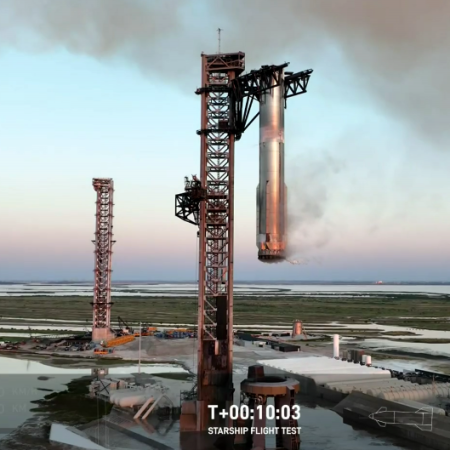Upper stage of Chinese rocket fails during launch
According to China’s state-run press, the Chinese pseudo-company Landspace experienced a failure yesterday during the launch of its Zhuque-2E rocket from the Jiuquan spaceport in northwest China.
A later update by the pseudo-company said the failure involved the rocket’s second stage, though little other information was provided.
In 2023 the Zhuque-2 rocket was the first to reach orbit using methane fuel, during the rocket’s second launch attempt. Overall it has launched six times, with two failures, on its first launch and yesterday.
Landspace hopes to launch its Zhuque-3 upgrade next year, designed to eventually land the first stage and reuse it. This failure could very well delay that plan.
According to China’s state-run press, the Chinese pseudo-company Landspace experienced a failure yesterday during the launch of its Zhuque-2E rocket from the Jiuquan spaceport in northwest China.
A later update by the pseudo-company said the failure involved the rocket’s second stage, though little other information was provided.
In 2023 the Zhuque-2 rocket was the first to reach orbit using methane fuel, during the rocket’s second launch attempt. Overall it has launched six times, with two failures, on its first launch and yesterday.
Landspace hopes to launch its Zhuque-3 upgrade next year, designed to eventually land the first stage and reuse it. This failure could very well delay that plan.









